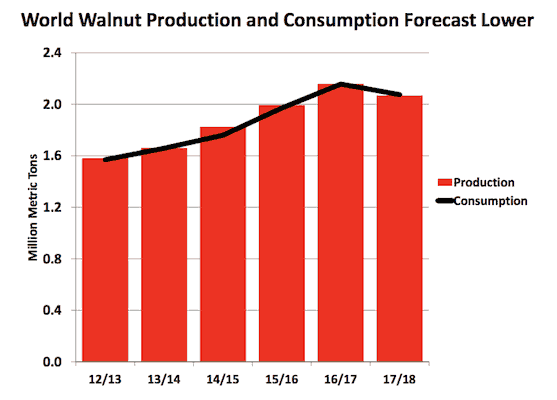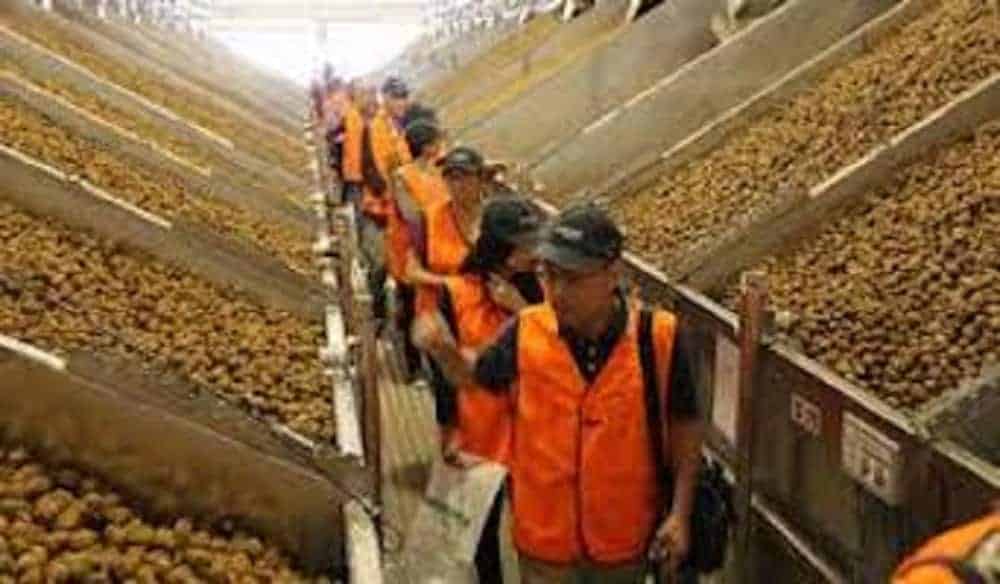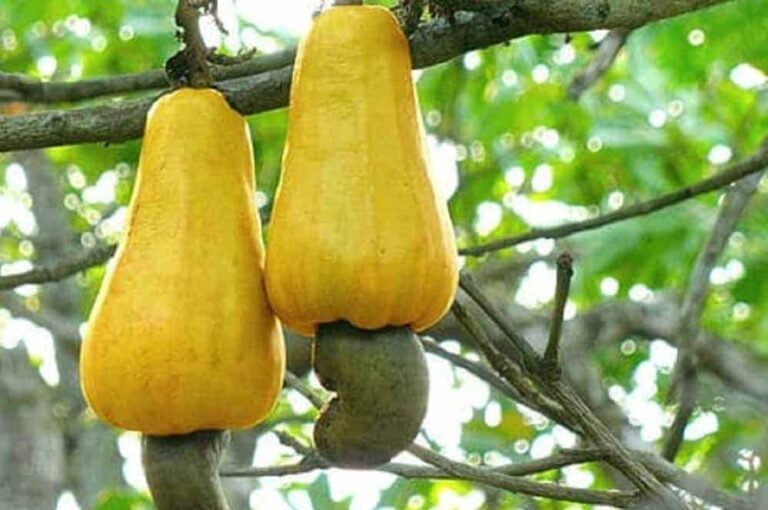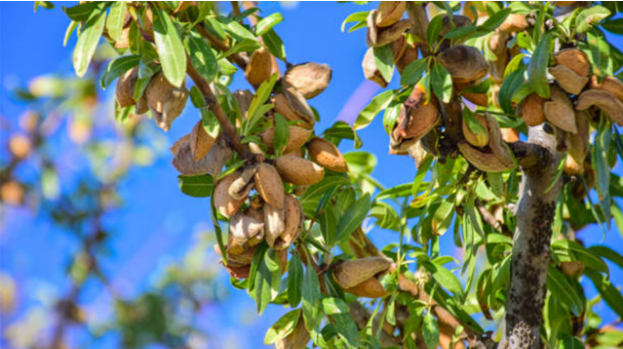Your cart is currently empty!
Current Production Of Walnuts
When you think of walnut growers and the industry that surrounds them, “high-tech” may not be the first word that comes to mind. But in 2020, the production of walnuts has become just that.
Walnuts are ready for harvesting when the hulls start to split, occurring as early as September and lasting through November. Once they reach this phase, technology becomes an important part of the production process.
Walnut Production Process
First, walnuts are removed from trees by a big machine called a “shaker.” The shaker hugs the tree trunk firmly and then shakes off the walnuts which often creates a dusty cloud of dirt. Next, mechanical sweepers come through to collect the walnuts from the ground before moving them into windrows. Another machine then gathers the walnuts from the windrows, removes excess debris, and takes them to the processing plant.
The walnuts must be mechanically hulled as soon as possible, and then quickly machine-dried to reduce the chance of spoilage. Lastly, additional machines will step in to clean, sort, crack, size, scan, and package appropriately. This of course is a very simplified version of the process. Check out this video on the California walnut harvest that shows production in further detail:
Current Walnut Production in California and Worldwide
California walnut productivity is very high. While the worldwide average is about one ton of nuts per acre, many California growers harvest as many as three tons per acre.
Annually, worldwide production is at a billion and one-quarter pounds. The United States grew by nearly half a billion pounds in the year 2000 alone. In recent years, China has also developed tens of thousands of acres in new orchards. This creates competition and threatens America’s role as the walnut king of the world. Additionally, Turkey held the number two spot in walnut production for many years but has since dropped to third place in world production.
In 2017, global walnut growth was 2.1 million pounds with the United States leading in worldwide production. Still, even at 590,000 tons, the farmer’s forecast was down 5 percent from 2016. Walnut fields are taking up more land in California, with lower yields due to poor weather conditions and water supply issues. During times of excessive heat, growers even apply sunburn prevention to trees in an attempt to salvage production.
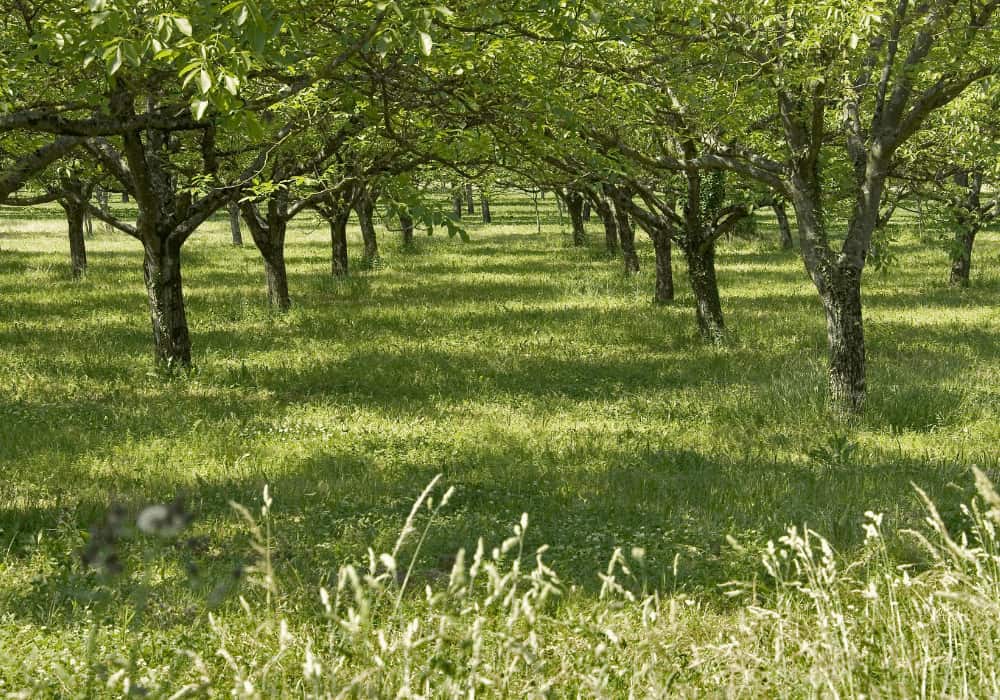
Worldwide exports from American walnuts account for a substantial portion of the output. A record 475,000 tons are exported which is approximately 75% of all walnuts grown in America. The current walnut production in California is mostly exported to China, Hong Kong, and Vietnam.
The Future Of Nut Production
Walnut consumption has been on the rise for many years. This rise is in line with population trends. The macadamia, brazil nut, almond, peanut, and many more have a demand that is growing faster than farmers can grow and ship them. While 2018 is currently looking like a single down year in an otherwise upward trend, the future will show that continuing low prices will bring an increase in production.
